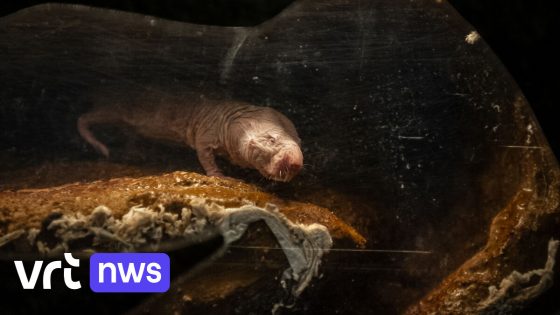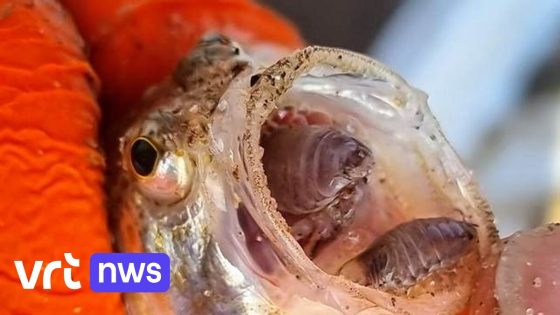Belgian nature enthusiasts are discovering the fascinating world of naked mole rats, unique creatures native to East Africa. These unusual animals, described as pink, walking sausages with legs and long teeth, offer a glimpse into nature’s quirkiest adaptations. On 2025-07-24 14:49:00, caretaker Anke Rossaert shared insights that bring these almost blind, furless rodents closer to home.
- Naakte molratten komen uit Oost-Afrika
- Ze hebben geen vacht, enkel tastharen
- Molratten lijken op roze worstjes
- Ze zijn bijna volledig blind
- Verzorgster Anke Rossaert legt uit
Despite their odd appearance, naked mole rats are incredibly intriguing. With almost no fur and only a few tactile hairs on their snouts and tails, they rely on touch rather than sight to navigate underground tunnels. How do such creatures thrive in harsh environments? And what can Belgians learn from their unique biology?
Understanding these animals helps deepen appreciation for biodiversity and the unusual ways life adapts to extreme conditions. Here’s a quick overview for Belgian readers curious about these little-known rodents.
Why are naked mole rats so special? They challenge common ideas about survival and appearance. Their biology raises important questions about evolution and social behaviour:
- They live in large colonies with complex social structures, similar to ants or bees.
- Their near blindness is compensated by sensitive tactile hairs for navigation.
- Despite their strange looks, they have remarkable resistance to pain and cancer.
As awareness grows, Belgian zoos and research centres could expand efforts to study and showcase naked mole rats, inspiring curiosity and respect for nature’s diversity. Could these creatures become a symbol of adaptation in Belgian environmental education?
































